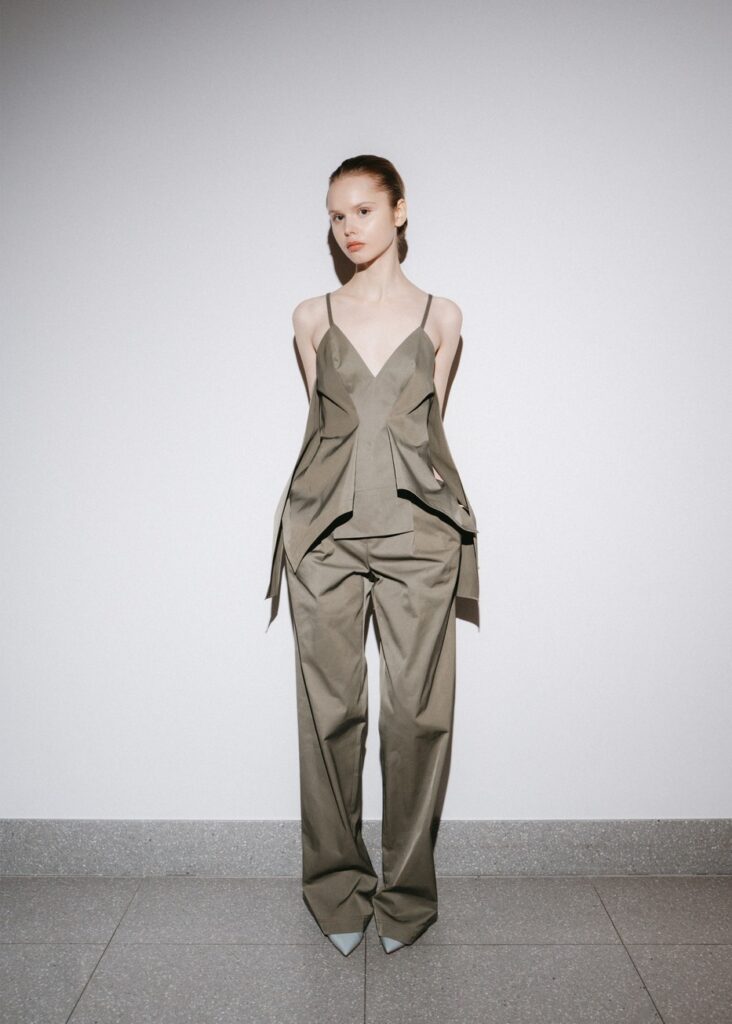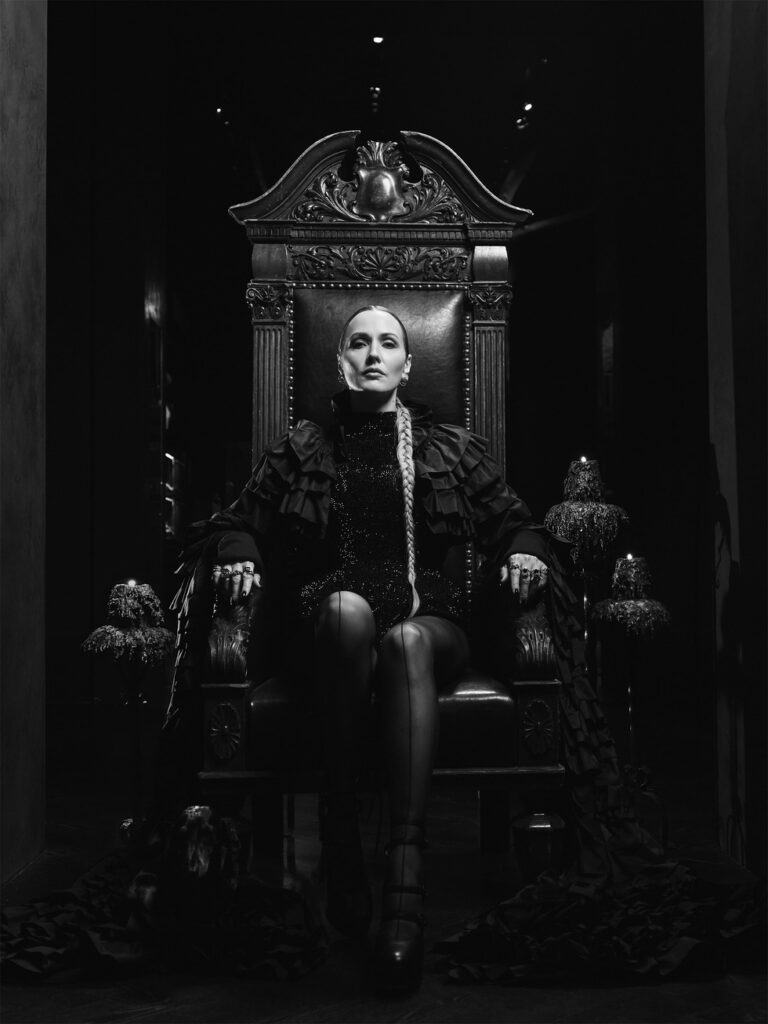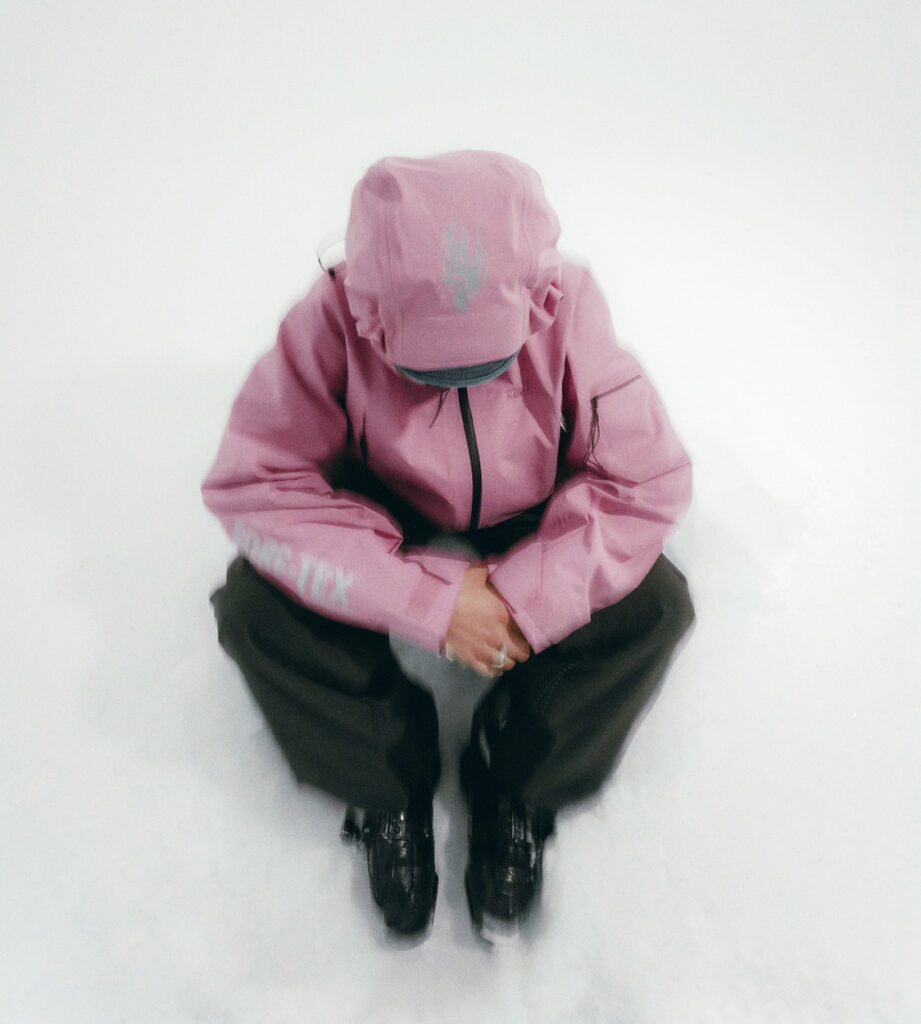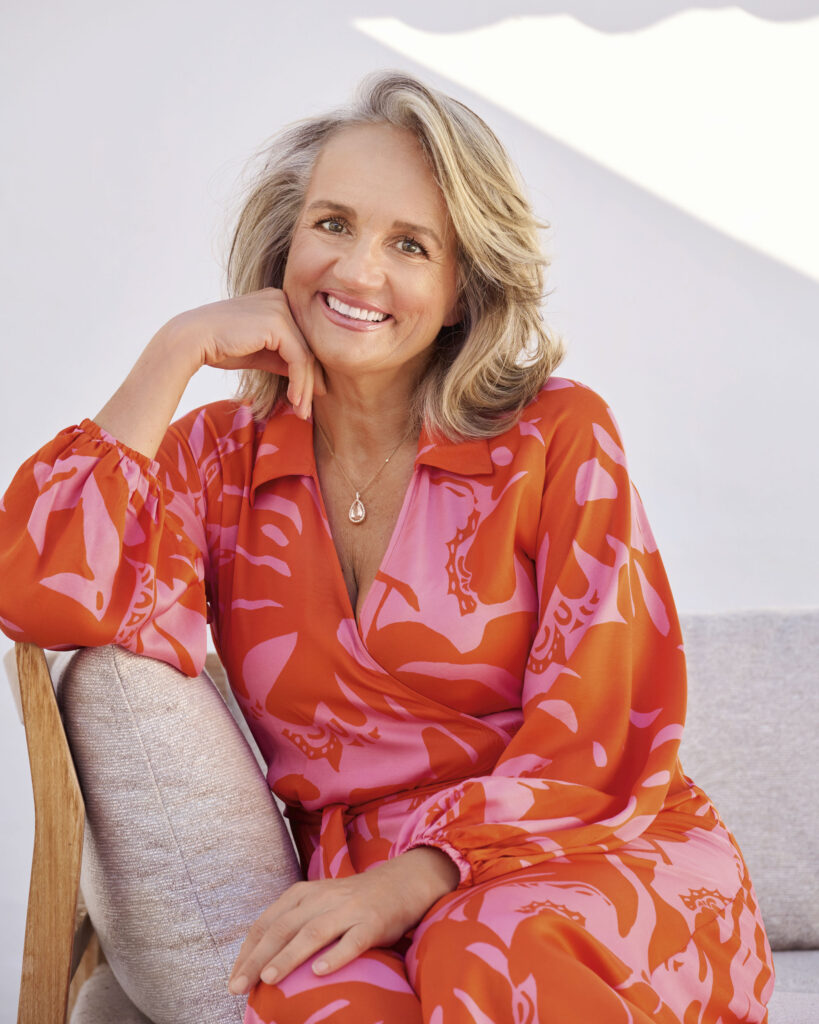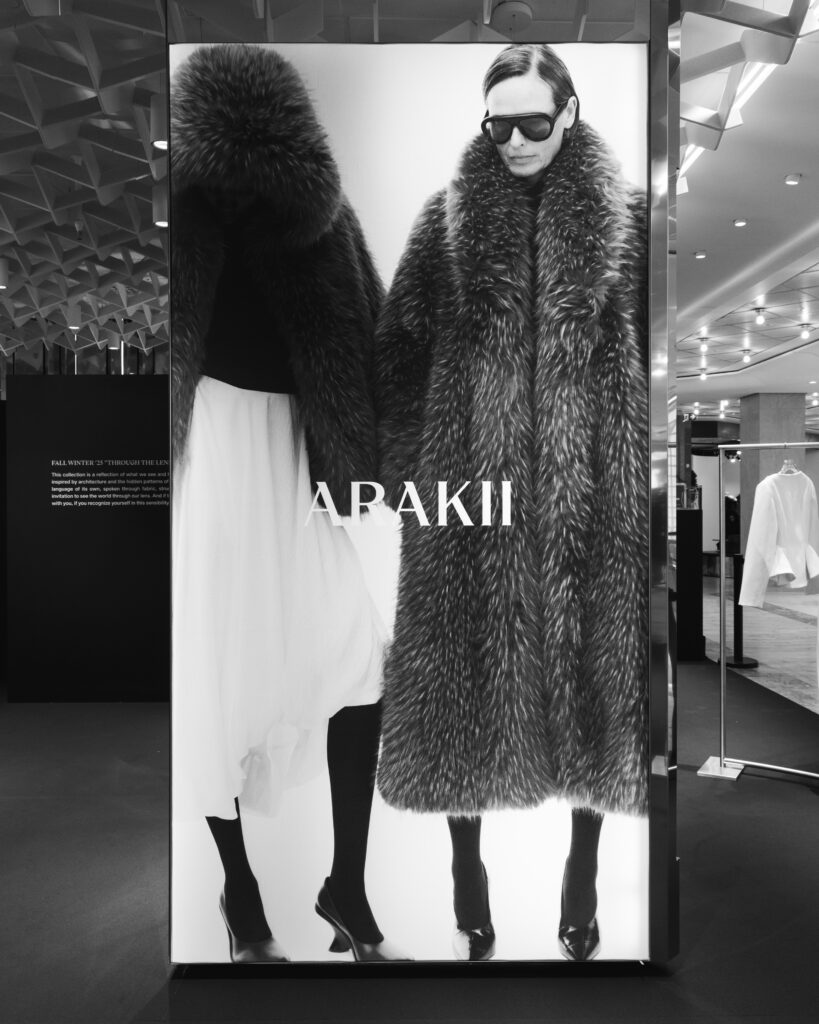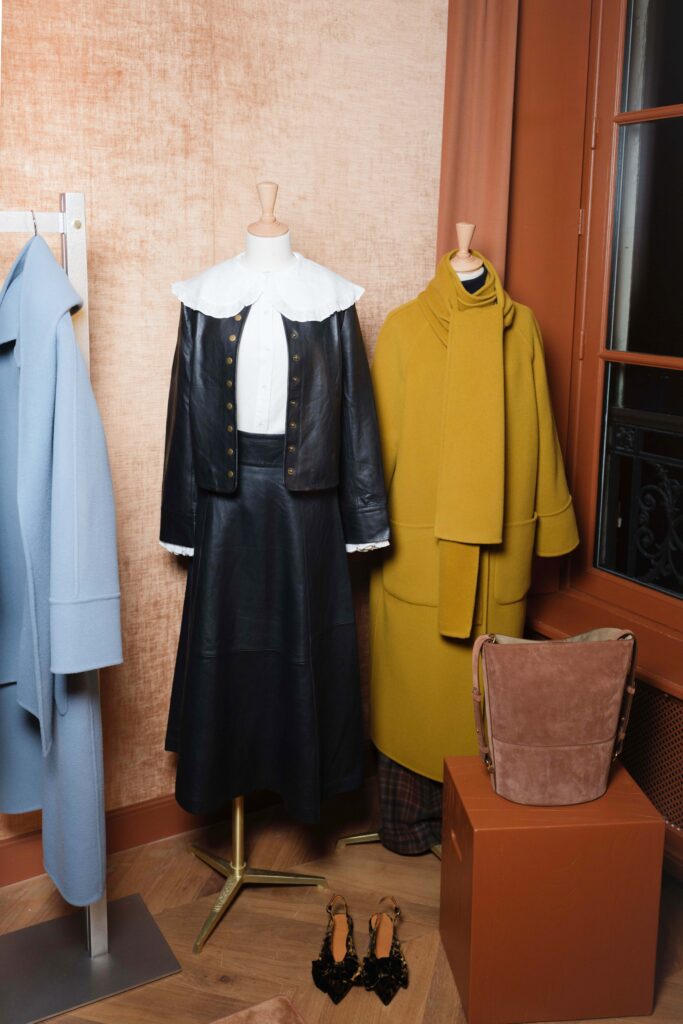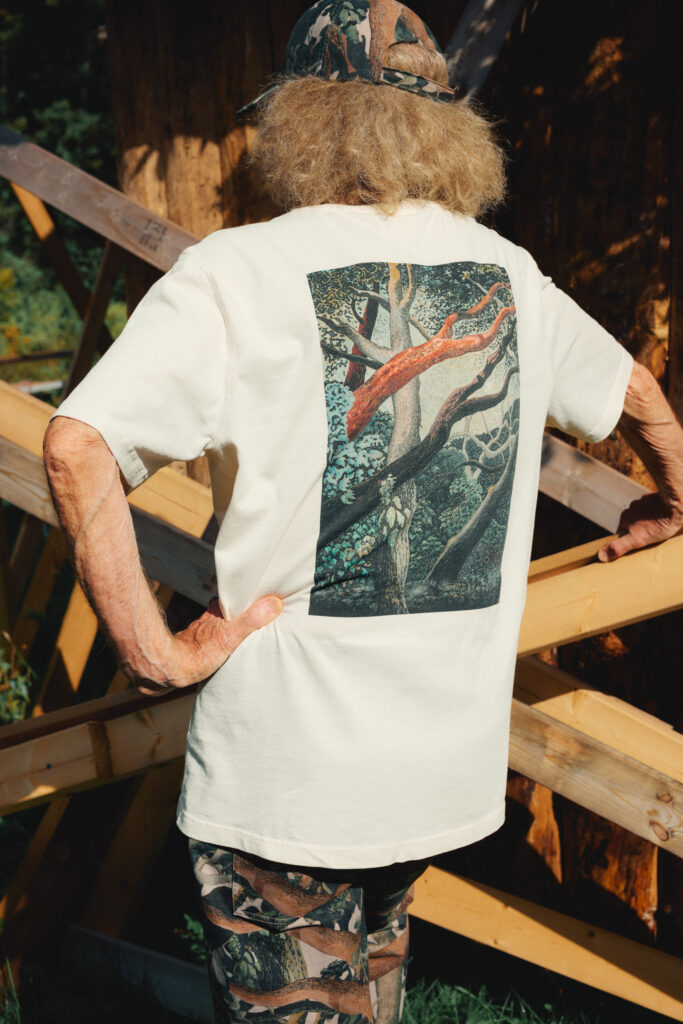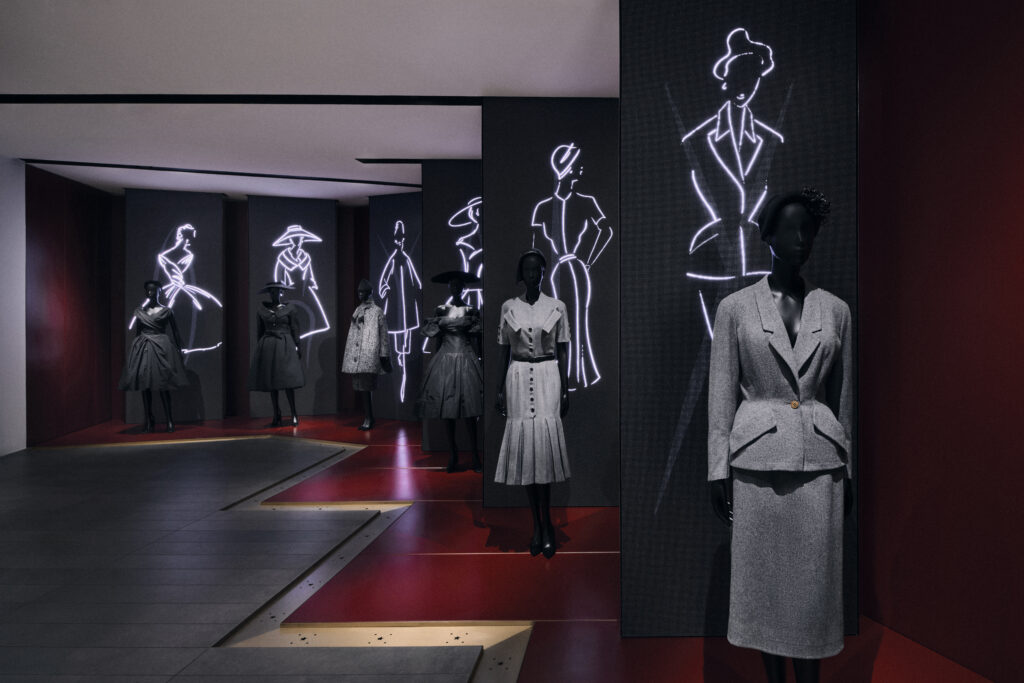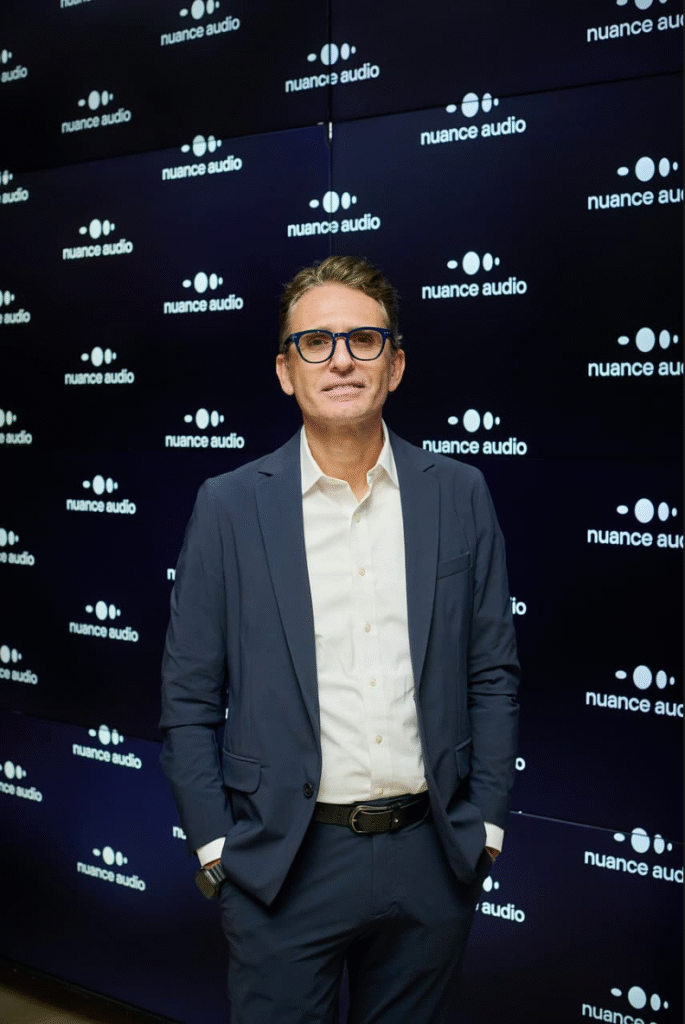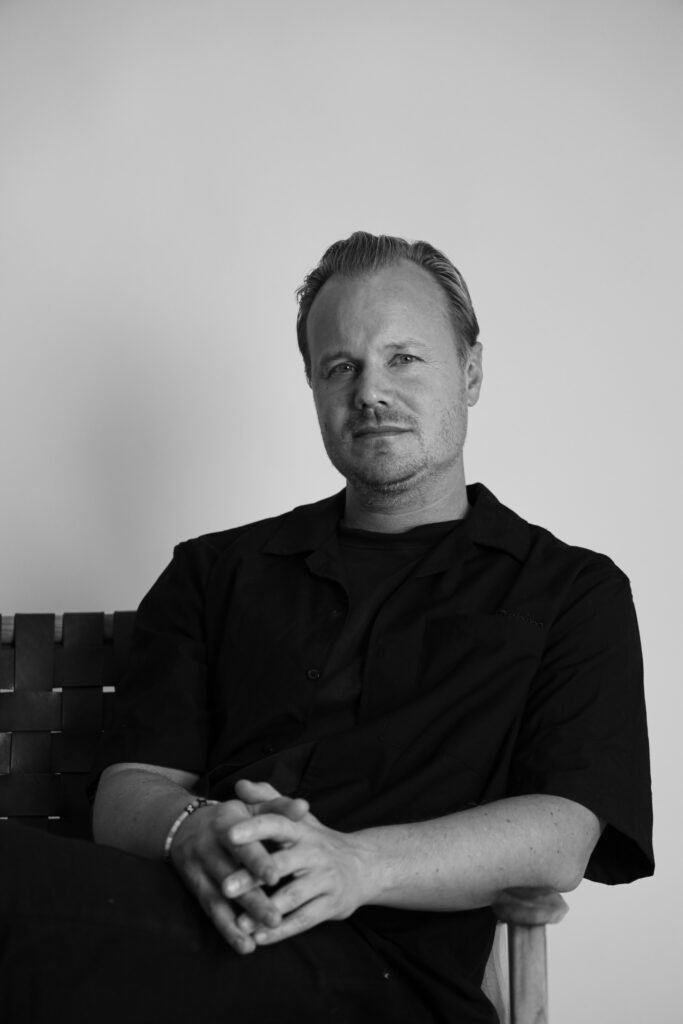Benjamine Cadette – An Interview With the Designer
Benjamine Cadette – An Interview With The Designer text Elsa Chagot photography Viktor Tägt Ring images courtesy of Benjamine Cadette Moving between Seoul, Paris, Seattle and now Stockholm, designer Hyoung Ook Choi has shaped his brand, Benjamine Cadette, as a world built on dualities; organic emotion and architectural structure, instinctive expression and refined restraint. His practice is guided not by trend or reference, but by observation: the behaviour of plants, the rhythm of cultural landscapes, and the subtle ways a garment can align with its wearer rather than impose upon them. In conversation with Odalisque Magazine, Choi reflects on the evolution of his aesthetic, the layered meanings behind his two collections, and the philosophy that anchors his approach to design. Elsa Chagot: Tell us about your journey toward becoming a designer – how that path began and evolved for you. And following that, how did Benjamine Cadette come to life and develop into the brand it is today? Hyoung Ook (Benjamin) Choi: I grew up in the countryside, where I spent much of my childhood with plant and animal encyclopedias open in front of me, observing nature closely. I was fascinated by why certain plants grew only in specific environments and how small living organisms negotiated space with one another. These early observations shaped my eye for structure and planted a deep sense of sensory curiosity. My years in Paris expanded that sensitivity in a new direction. Realizing that what I found beautiful could evoke the same emotion in others was a quiet but important confirmation. For the first time, I felt that the way I see the world could become more than personal taste — it could evolve into a kind of language. When I returned to Korea, I wanted to bring together the sensibilities and experiences I had accumulated over the years. From that flow, Benjamine Cadette was born. Later, when I moved to the United States, my work shifted once again. Living closer to nature and collaborating frequently with local creatives, I often found moments where my clothing blended effortlessly into the surrounding landscape. This harmony gave me confidence that my aesthetic was not tied to a single place — it could find its place naturally in new environments. Looking back, becoming a designer was never the result of a single decision. It was built from layers of observation nurtured by nature, sensibilities gifted by different cities, and the traces left by moving through cultures and environments. All of these accumulated to form who I am today. Benjamine Cadette continues to grow through understated emotion and restrained beauty. The layers of time I have lived — the nature, the cities, the people — remain quietly embedded in the shapes and textures of the clothes. E: What specific experiences or influences have most profoundly shaped your personal aesthetic or the way you perceive fashion? B: No, I didn’t get inspired by other designers or whatever, just my lifestyle. And yeah, I think a lot of myself, what I want. E: Your journey spans Seoul, Paris, Seattle, and now Stockholm. How have these diverse cultural environments shaped not only your aesthetic, but also the way you understand fashion as a cultural language? B: Experiencing life across Seoul, Paris, Seattle, and now Stockholm has given me one clear understanding: the more diverse the cultural landscape becomes, the more fashion — as a cultural language — demands a pure form of expression. Just as people can misunderstand each other even while speaking the same verbal language, fashion can also be misread within the same culture. These experiences taught me that sincerity, emotional honesty, and expressing what feels truly ‘mine’ are what allow fashion to communicate clearly across cultural boundaries. portrait photography Sandra Myhrberg métier moment moment The more I moved between cultures, the more external decoration and explanation lost their power. Instead, I learned that raw, instinctive, and original expression carries a deeper resonance. Whenever I worked from that place of honesty, the reactions to my clothes felt warmer, more human, and more profound. Ultimately, this journey made one direction very clear to me: to express myself more purely, more truthfully, and more in alignment with who I am. I believe that is the cultural language of fashion that remains authentic, even when the culture shifts. E: How do you balance individual creativity and expression with the practical, commercial realities of building a collection? B: In the early stages of running my brand, I naturally adapted to the commercial realities of the business. However, as time went by, I realized that if my personal creativity is not fully expressed, the brand’s character and identity can begin to fade. That is why I actively propose and pursue various collaborations, and especially through the Métier line, I am able to express my creativity in a deeper and more meaningful way. By finding this balance between practical considerations and creative expression, I ensure that the brand continues to grow without losing its essence. E: When looking at your collections Métier and Moment, I see two distinct yet connected worlds. Métier with its emotional lightness and organic, more nature-driven femininity, and Moment with its more structured, architectural approach. What guided you in defining these collections as separate expressions within the brand? And how are these identities evolving as you move into the next collection – what can we expect to see? B: The name Benjamine Cadette is built on dualities; each word holds two meanings. Benjamine can sound like a masculine name while also meaning “youngest sister.” Cadette refers to an aristocratic soldier going to war for the first time, but in its feminine form also means “younger sister.” These layered meanings naturally shaped the structure of the brand. Métier is the line that expresses the brand’s essence in its most vivid and raw form — where nature and my cultural roots appear most clearly. Moment refines the same sensibility and philosophy into the language of everyday life — a world that moves quietly

